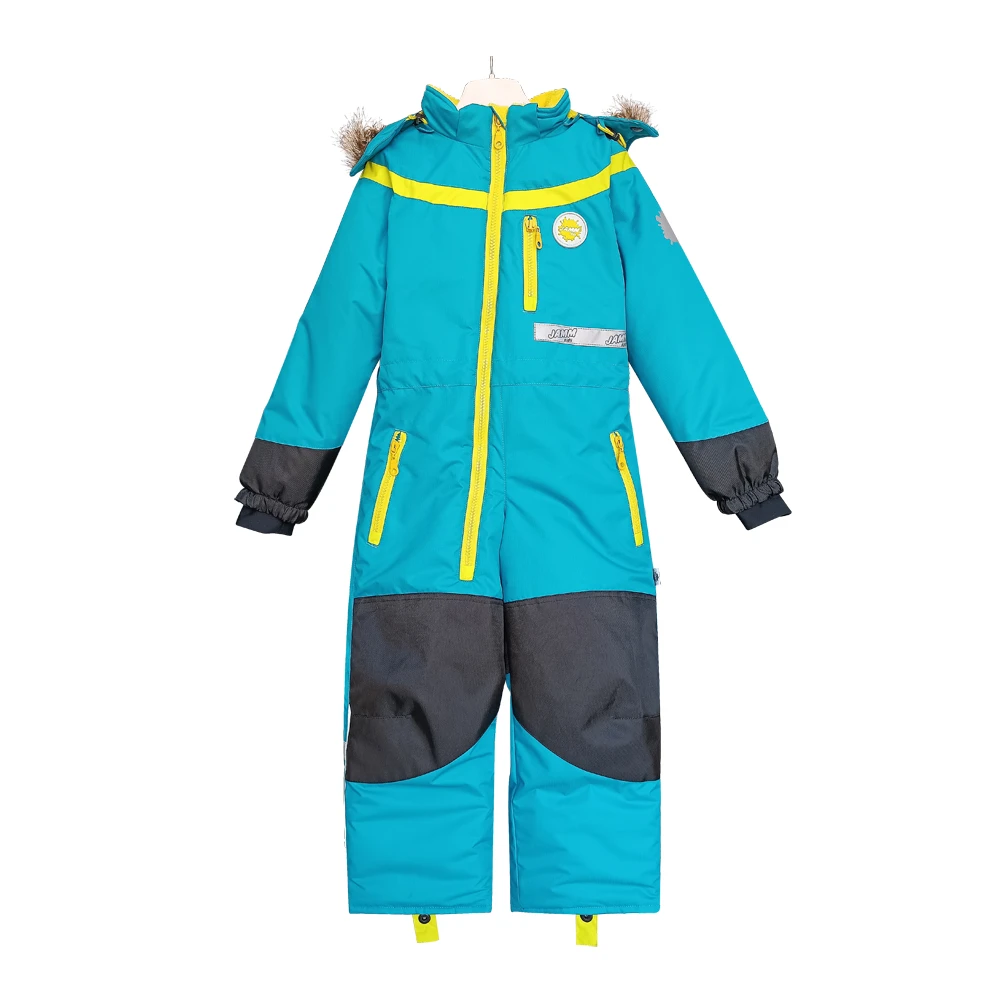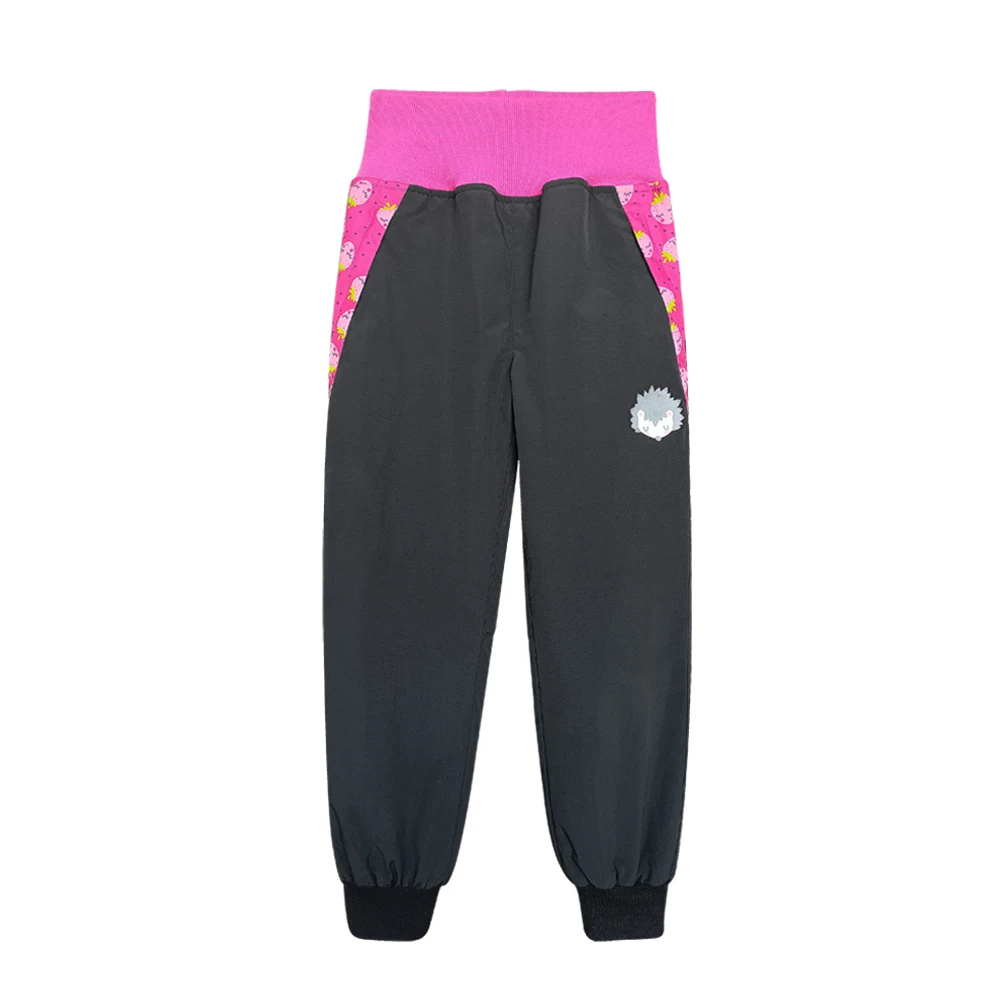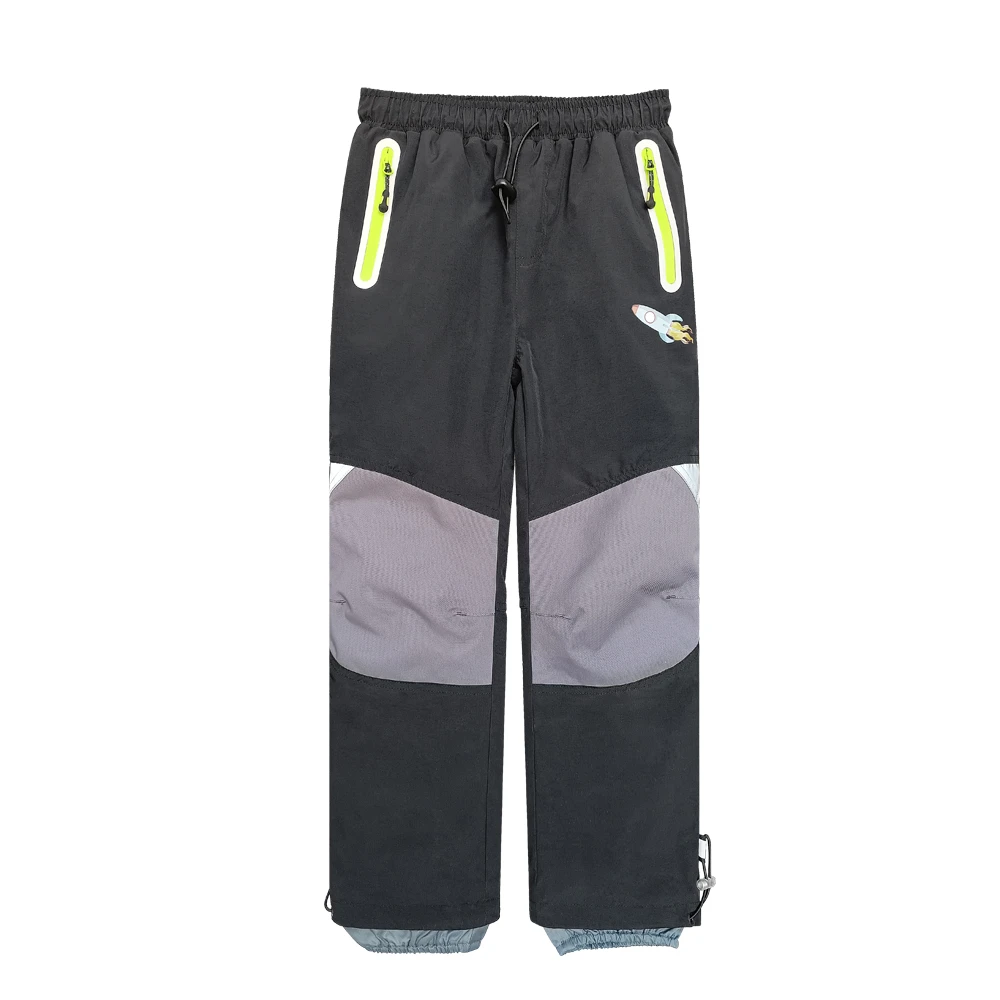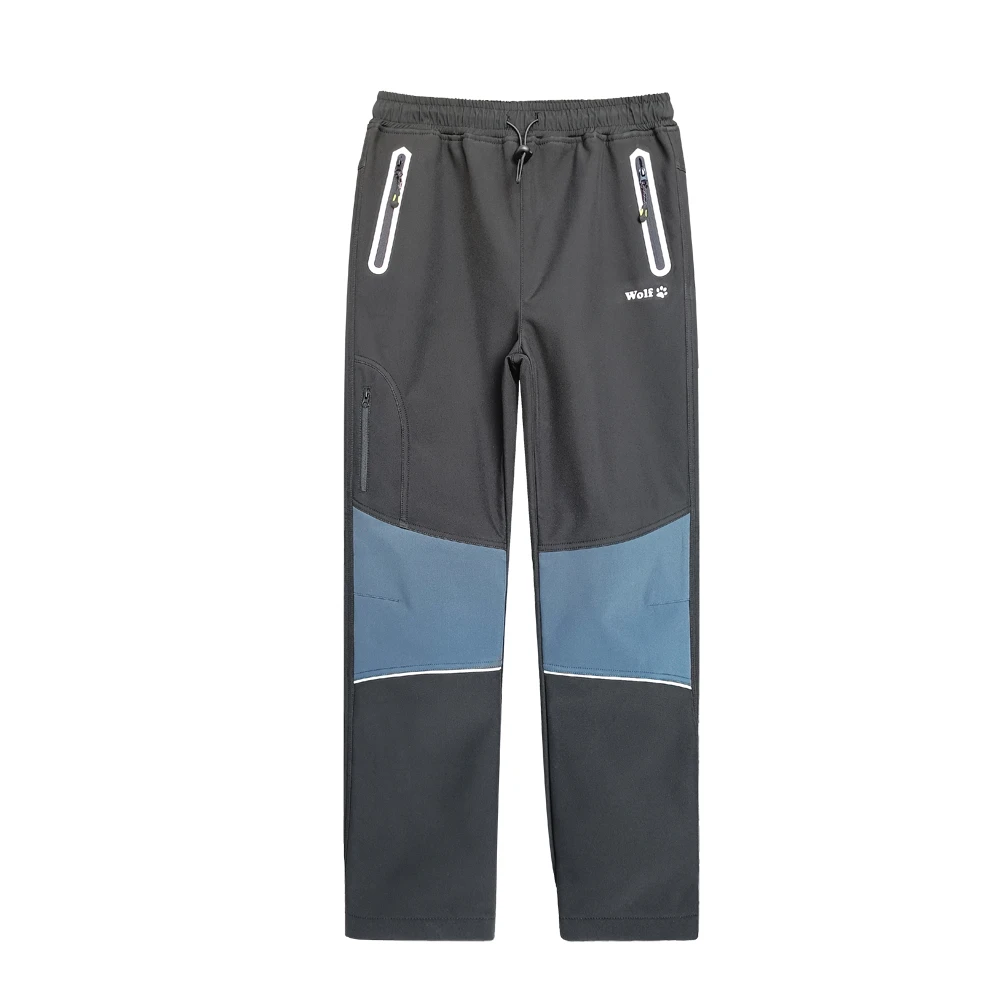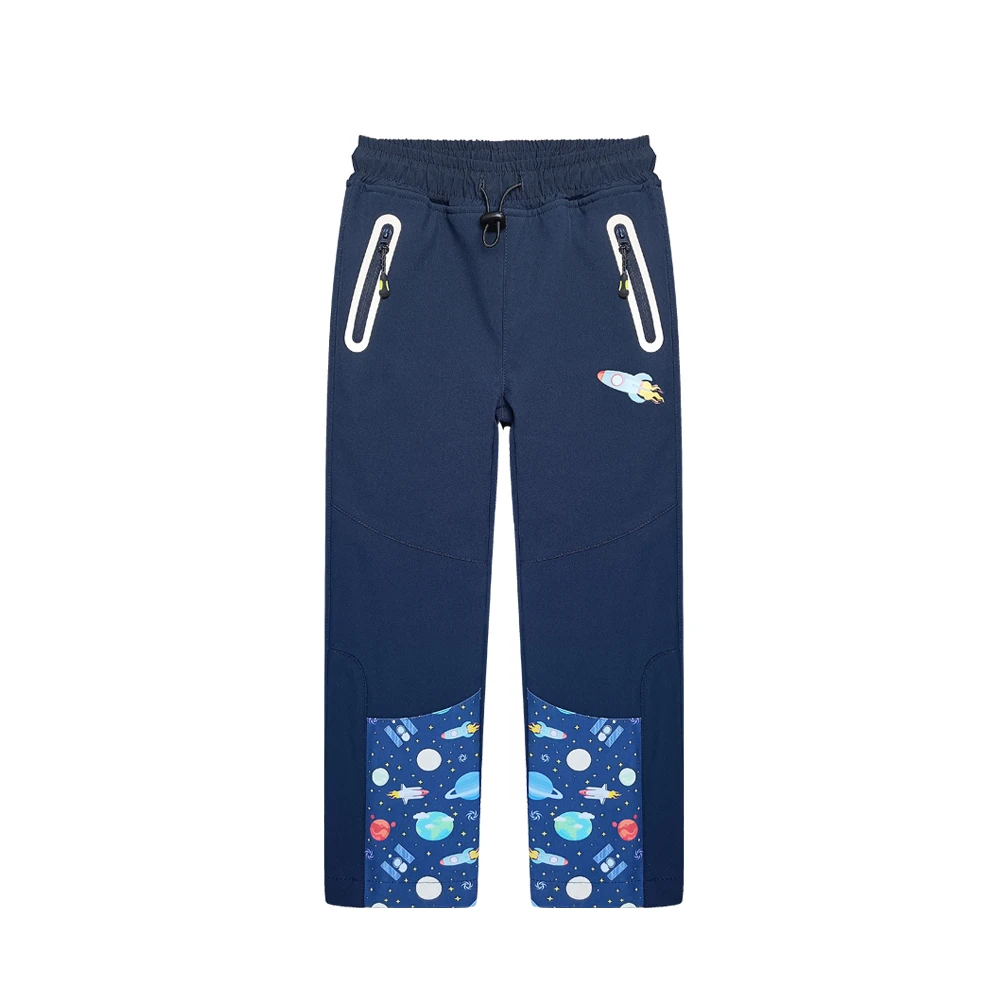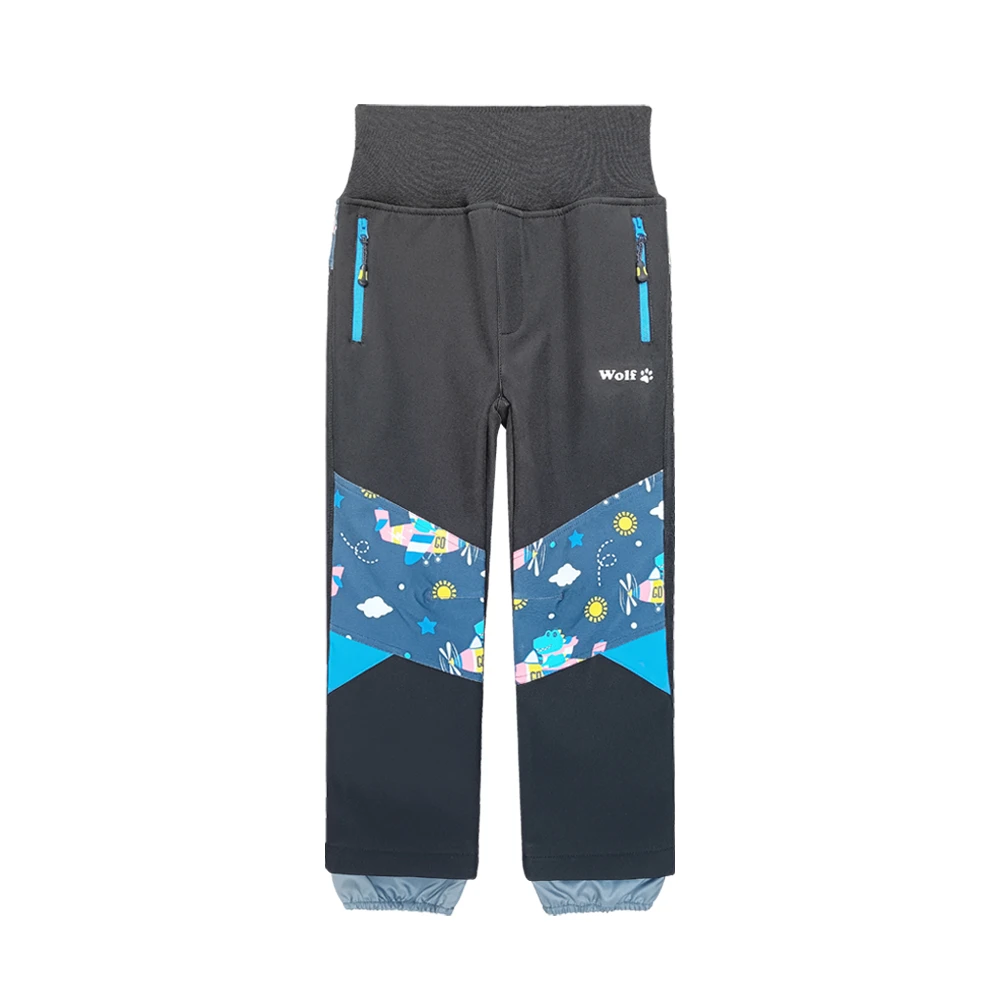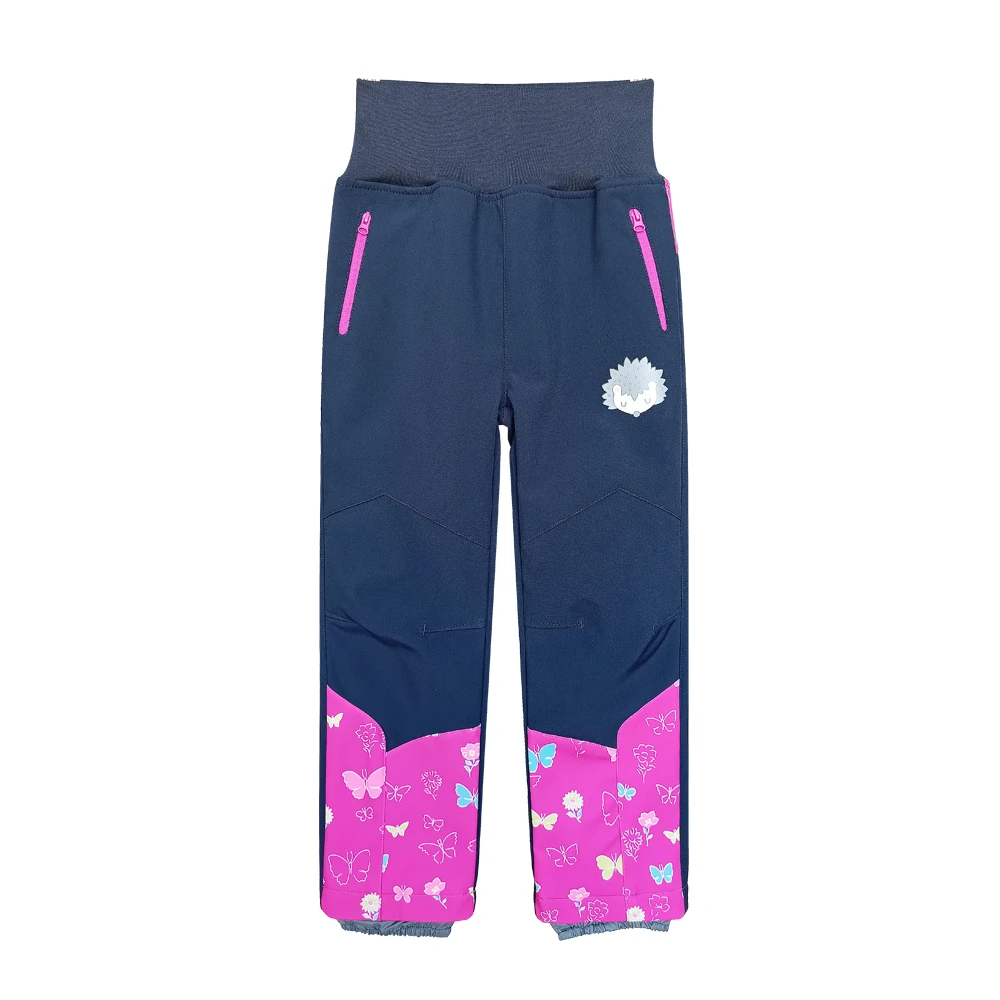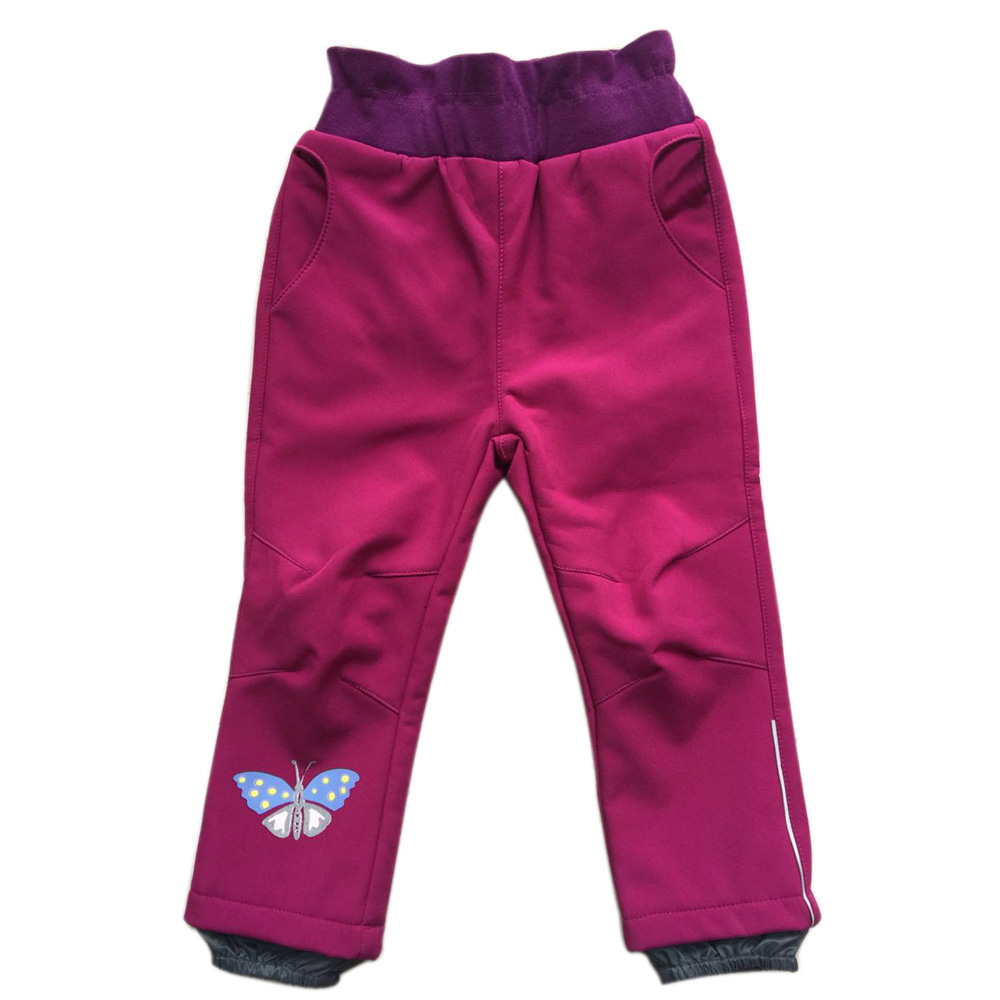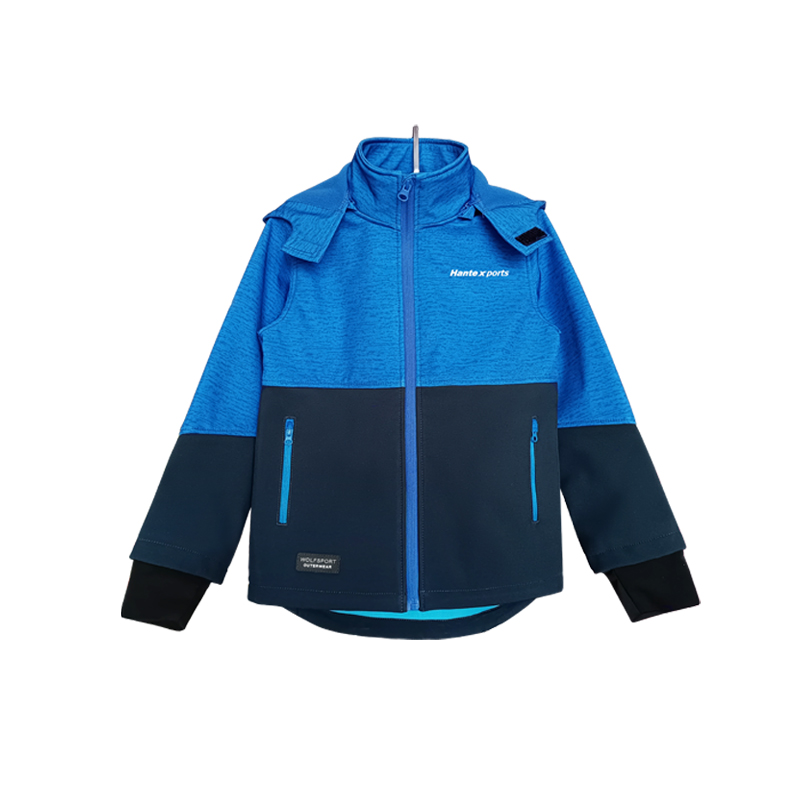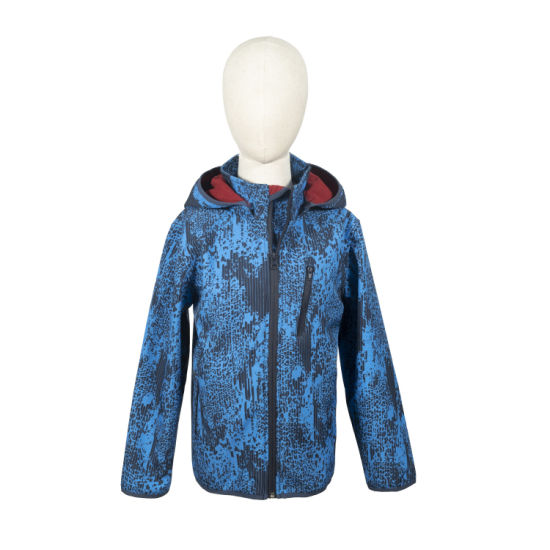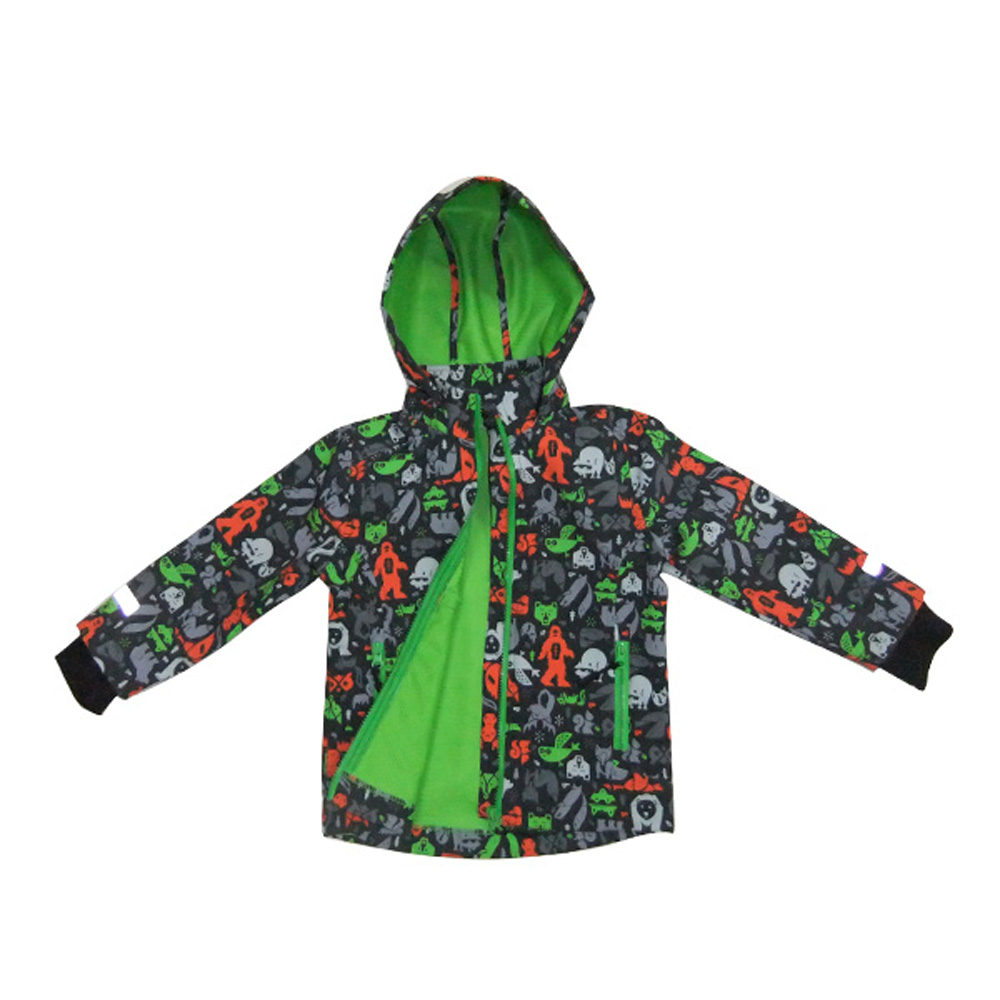Field Notes: Why Parents (and Gear Buyers) Keep Reaching for the Boy High-Waist Winter Softshell Trousers
If you’ve wrangled a kid into winter pants before the school bell, you know the drill: drafts, dampness, and the eternal “these are itchy.” Over the last two seasons, I’ve watched one model cut through that noise: the Boy High-Waist Winter Softshell Trousers. Not hype—just a practical, fleece-lined softshell that holds up in real weather, and in real families’ laundry cycles.

What’s driving the trend
Two industry shifts stand out. First, high-waist patterns are back—less snow ingress, fewer “gap chills.” Second, kids’ softshell demand is up because it’s that sweet spot between bulky snow pants and flimsy joggers. Many retailers say parents want pieces that breathe on the playground but don’t soak through during surprise flurries. To be honest, that’s where a balanced membrane and decent DWR earn their keep.

Specs that matter (and why)
The Boy High-Waist Winter Softshell Trousers use a fleece-backed softshell—warmth without marshmallow bulk. Real-world breathability and water resistance are balanced for playground-to-bus-stop life. Below is a concise spec snapshot from recent sampling and vendor notes.
| Parameter | Details (≈/typical) |
|---|---|
| Fabric | 3-layer softshell, 92% polyester / 8% spandex, TPU mid-membrane, fleece lining |
| Water Resistance | ≈8,000 mm (ISO 811) |
| Breathability | RET ≈ 12 m²Pa/W (ISO 11092), good for active play |
| DWR | C6-free, AATCC 22 spray rating 80–90 after 20 washes (lab data; use may vary) |
| Abrasion | Martindale ≈ 50,000 cycles (ISO 12947) |
| Sizes | 104, 110, 116, 122, 128, 134 |
| Waist/Pattern | High-waist cut, elastic + draw adjustment; articulated knees; reinforced hems |
| Origin | No.173, Shuiyuan Str., Shijiazhuang, China |
How they’re made (short version)
Materials: dyed face fabric → TPU lamination → fleece bonding. Methods: laser-cut panels, overlock + bartack reinforcements at stress points, DWR bath, tumble cure. Testing: ISO 811 (hydrostatic), ISO 11092 (thermal/moisture), AATCC 22 (spray), GB/T 4745 (water repellency). Service life: around 2–3 winters in normal rotation; seams and DWR respond well to gentle detergent and low-heat dry. Industries that buy: outdoor education programs, ski schools for “après-class” use, uniform supply for cold-climate school runs.
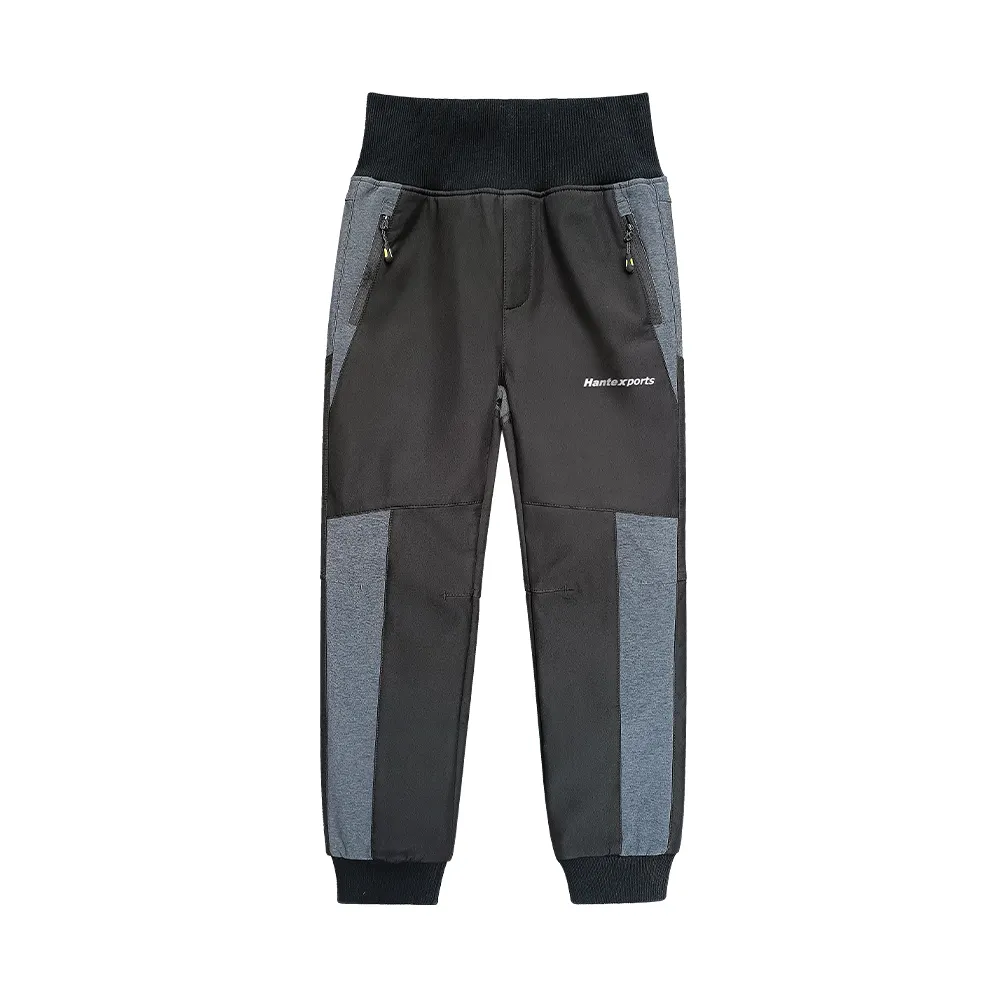
Use cases and feedback
- School commute in slush and wind; high waist keeps midlayers sealed.
- Sledding/hiking weekends—breathes better than classic snow pants.
- Travel layer for cold city breaks; packs small, dries quickly.
Parents say: “Finally pants that stay up under a backpack,” and “surprisingly easy to wash—no soggy cuffs.” One retailer told me returns are rare; sizing runs “true-ish,” with room for base layers.
Vendor snapshot: value vs. speed
| Vendor | Fabric Weight | Certs (on request) | MOQ | Lead Time |
|---|---|---|---|---|
| Softshell Clothing (Shijiazhuang) | ≈ 280–320 gsm | OEKO-TEX, REACH compliance | 300 pcs/style | 30–45 days |
| Marketplace Supplier A | ≈ 260 gsm | Basic RoHS docs | 100 pcs | 20–30 days |
| Boutique Workshop B | ≈ 300 gsm | OEKO-TEX | 50 pcs | 45–60 days |
Customization options
Private labeling, reflective piping, reinforced seat/knee panels, extended inseams, and colorways to match school or club palettes. Sizes currently: 104, 110, 116, 122, 128, 134. Bulk buyers can request testing reports and fabric swatches; turnaround is, frankly, pretty quick for a bonded softshell.

Mini case notes
A Nordic retailer slotted the Boy High-Waist Winter Softshell Trousers beside midweight base layers; sell-through hit 87% before the first major snowfall—placement mattered. A mountain town ski school uses them for “town days,” reporting fewer kid complaints about cold backs and wet seats.
Compliance and documentation
Supplier reports OEKO-TEX Standard 100–ready fabrics, REACH-compliant treatments, and routine water repellency testing (AATCC 22). Ask for current batch certificates; in fact, that’s best practice for any kids’ garment program.
Authoritative citations
- ISO 811: Textiles—Determination of resistance to water penetration (Hydrostatic). https://www.iso.org/standard/7619.html
- ISO 11092: Physiological effects—Measurement of thermal and water-vapour resistance. https://www.iso.org/standard/55896.html
- AATCC 22: Water Repellency: Spray Test. https://www.aatcc.org/test/aatcc22/
- OEKO-TEX Standard 100. https://www.oeko-tex.com/en/our-standards/oeko-tex-standard-100
- GB/T 4745: Textile fabrics—Water resistance—Spray test. http://www.std.gov.cn/ (CN standard directory)
